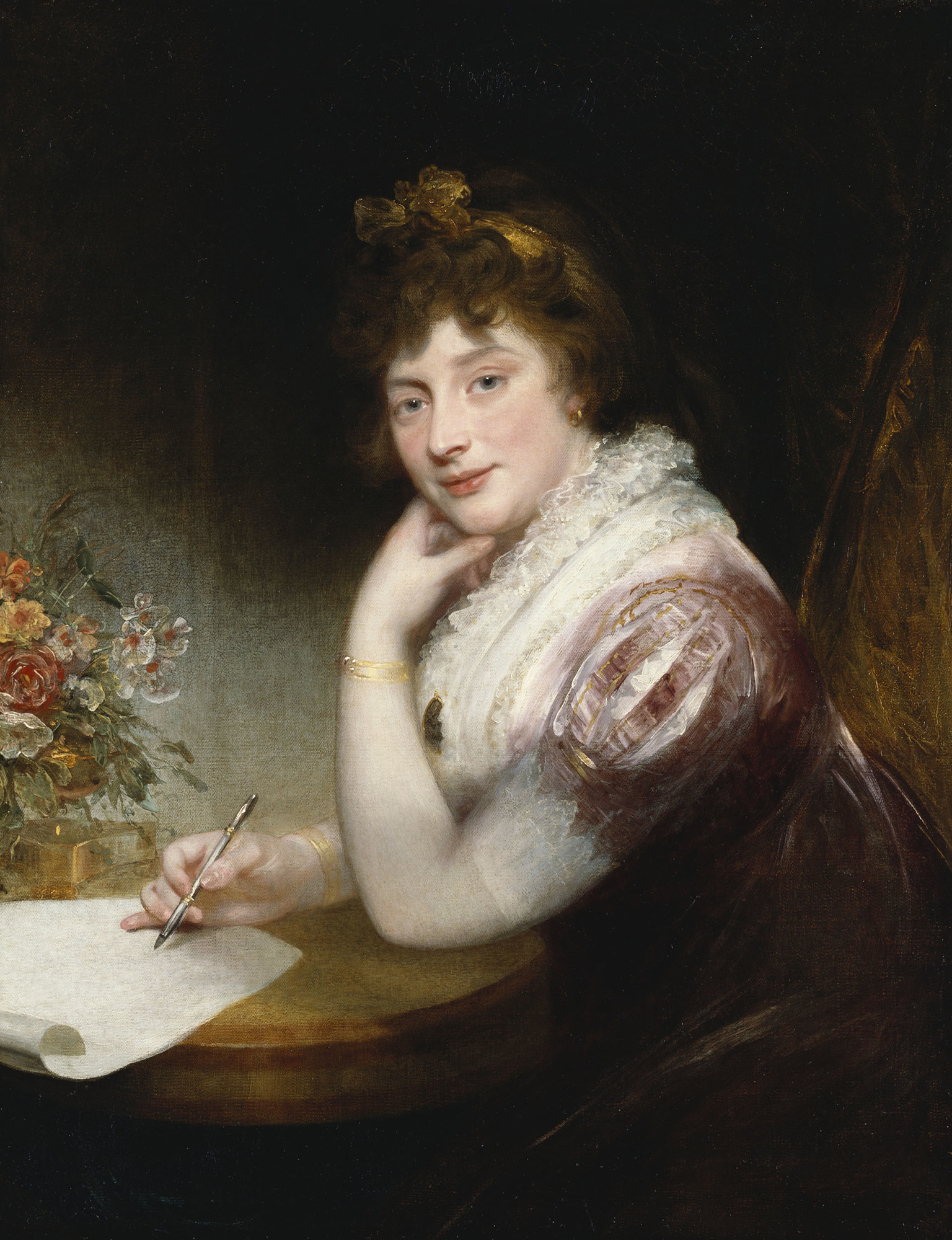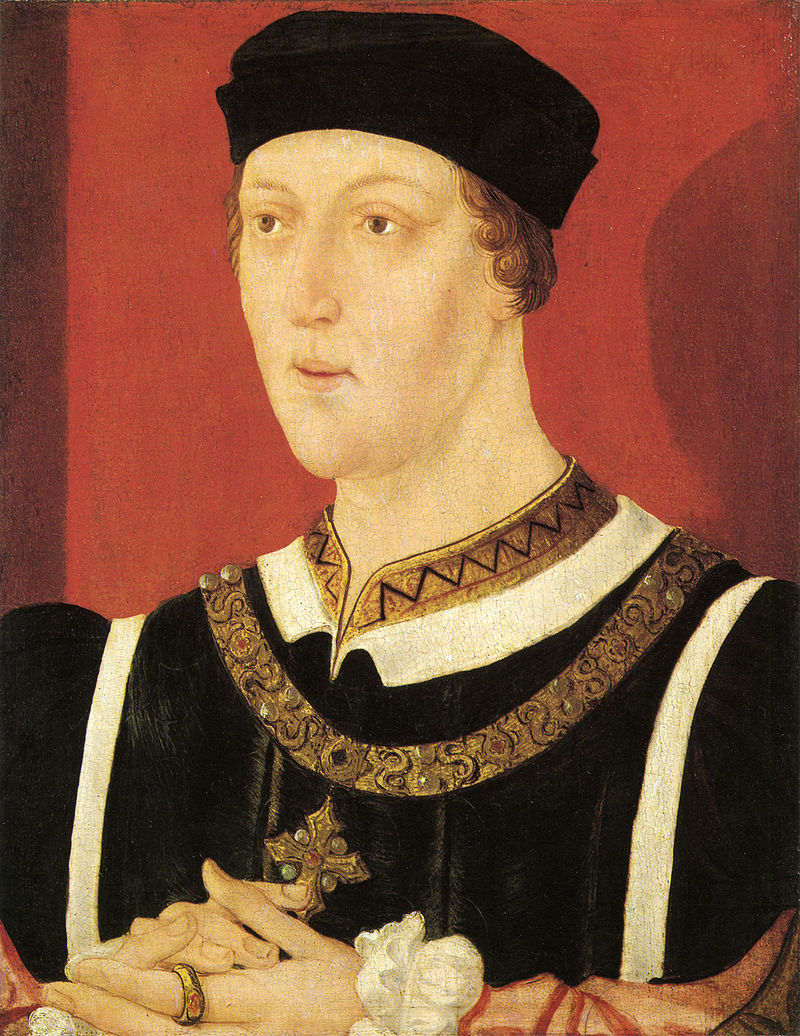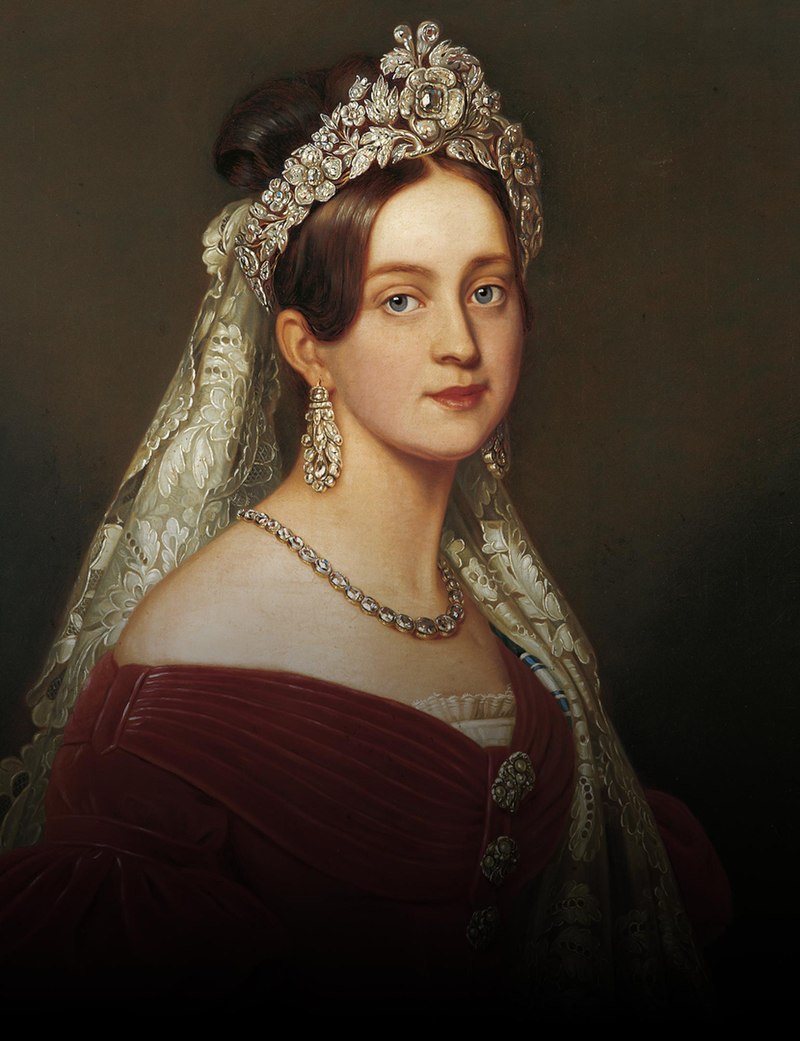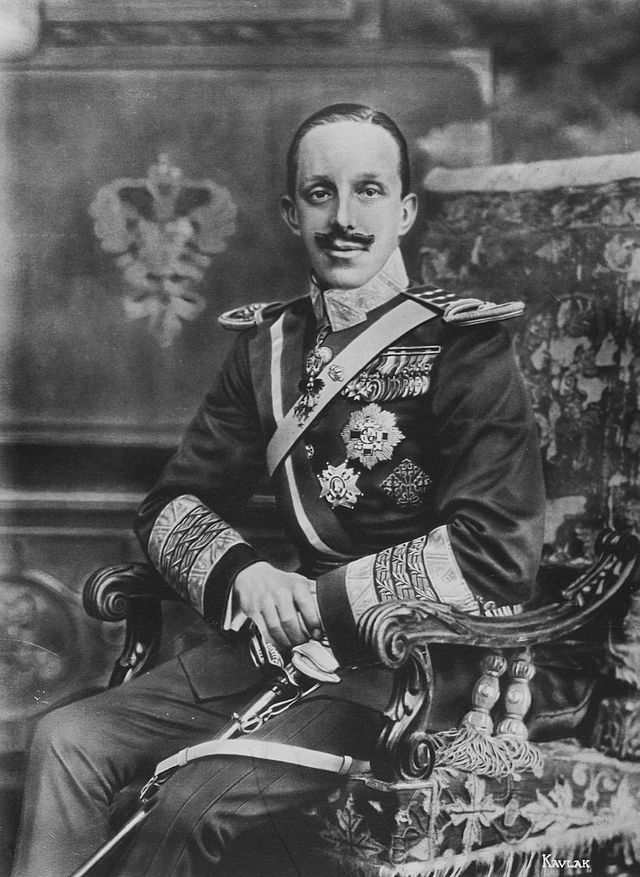© Unofficial Royalty 2024

Princess Elizabeth of the United Kingdom, Landgravine of Hesse-Homburg ; Credit – Wikipedia
May 22, 1409 – Death of Blanche of England, Countess Palatine, daughter of King Henry IV of England, in Haguenau (now in France), buried at the Church of St. Aegidius in Neustadt, Electorate of the Palatinate, now in Germany
After King Henry IV deposed his first cousin King Richard II, it was important for him to legitimize his rule. Ruprecht III, Elector Palatine and King of the Romans was a needed ally. A marriage between Ruprecht’s eldest surviving son and heir Ludwig, Count Palatine, the future Ludwig III, Elector Palatine, and Henry IV’s eldest daughter Blanche was arranged. Blanche and Ludwig had one child, Ruprecht, Count Palatine, nicknamed Ruprecht the Englishman. On May 22, 1409, Blanche, aged seventeen, died while pregnant with her second child, possibly from the plague.
Unofficial Royalty: Blanche of England, Countess Palatine
May 22, 1770 – Birth of Princess Elizabeth of the United Kingdom, Landgravine of Hesse-Homburg, daughter of King George III of the United Kingdom, at Buckingham Palace
Elizabeth was considered to be the most attractive of King George III’s daughters. She was known for her humor, intelligence, and artistic ability. Starting by copying drawings (some are in the Royal Collection), Elizabeth later published lithographs and etchings, mostly of mythological scenes. Some of the interior decorations of the Queen’s House (now Buckingham Palace) were designed and made by Elizabeth. At Frogmore House, she helped design the garden buildings and she painted the flower murals at the Queen’s Cottage at Kew. Elizabeth also was one of George III’s daughters who managed to get married. In 1818, at the age of 48, she married the future Friedrich VI, Landgrave of Hesse-Homburg.
Unofficial Royalty: Princess Elizabeth of the United Kingdom, Landgravine of Hesse-Homburg
May 22, 1782 – Death of Friederike of Hesse-Darmstadt, first wife of Carl II, Grand Duke of Mecklenburg-Strelitz, in Hanover, Electorate of Hanover, now in Lower Saxony, Germany; buried in the New Crypt at the Johanniterkirche in Mirow, Duchy of Mecklenburg-Strelitz, now in Mecklenburg-Vorpommern, Germany
Three days after giving birth to the last child of her ten children, Friederike died from complications of childbirth. Her tenth child Auguste Albertine died in infancy. Two years later, her husband married her younger sister Charlotte who also died in childbirth.
Unofficial Royalty: Friederike of Hesse-Darmstadt, Duchess of Mecklenburg-Strelitz
May 22, 1832 – Death of Maria Karoline of Austria, Crown Princess of Saxony, first wife of the future King Friedrich August II of Saxony, at Schloss Pillnitz in Dresden, Kingdom of Saxony, now in Saxony, Germany; buried in the Wettin Crypt at the Dresden Cathedral
Marie Karoline suffered from epilepsy, often plagued with seizures that more or less left her incapacitated for long periods. She became Crown Princess of Saxony in 1830 when her father-in-law relinquished his rights to the throne in favor of his son Friedrich August, who was also proclaimed Prince Co-Regent with his uncle, King Anton. Marie Karoline died at the age of 31 due to complications of epilepsy.
Unofficial Royalty: Maria Karoline of Austria, Crown Princess of Saxony
May 22, 1859 – Death of Ferdinando II, King of the Two Sicilies in Caserta, Kingdom of the Two Sicilies, now In Italy, and was buried at the Basilica of Santa Chiara in Naples
In 1759, upon the death of his childless half-brother King Ferdinand VI of Spain, Ferdinando’s father King Carlos IV of Naples and Sicily succeeded him as King Carlos III of Spain. Because of treaties, Carlos could not be the sovereign of all three kingdoms. His eldest son Felipe was excluded from the succession because of intellectual disability and his second son Carlos was the heir apparent to the Spanish throne. That left the third son Ferdinando to become King of Naples and King of Sicily. In 1768, Ferdinando married Archduchess Maria Carolina of Austria. As part of the marriage contract, Maria Carolina was to have a place on the council of state after the birth of her first son. From 1777 on, Maria Carolina was the de facto ruler of the Kingdoms of Naples and Sicily. Ferdinando was deposed twice: once by the revolutionary Parthenopean Republic for six months in 1799 and again by Napoleon in 1805, before being restored in 1816. In 1820, after riots in Sicily, Ferdinando was forced to sign a constitution and appoint his son Francesco as regent of Sicily. This only lasted until 1821, when Austrian troops friendly to Ferdinando occupied Naples. Ferdinando II, King of the Two Sicilies died on May 22, 1859, aged 49 from a strangulated hernia after hesitating for months to have surgery.
Unofficial Royalty: Ferdinando II, King of the Two Sicilies
May 22, 1871 – Death of Leopold IV Friedrich, Duke of Anhalt in Dessau, Duchy of Anhalt, now in Saxony-Anhalt, Germany; buried in the Marienkirche in Dessau, after the church was destroyed by bombing during World War II, the Duke’s remains were moved to the Berenhorst crypt in the Historical Cemetery in Dessau
In 1817, Leopold Friedrich became the reigning Duke of Anhalt-Dessau upon his grandfather’s death. In 1847, he inherited the Duchy of Anhalt-Köthen upon the death of a distant cousin. After nearly six years as the reigning Duke of two separate duchies, they were united in 1853 as the Duchy of Anhalt-Dessau-Köthen. Ten years later, he also inherited the Duchy of Anhalt-Bernburg from another distant cousin. With all of the Anhalt duchies back under one ruler, they were united as the Duchy of Anhalt in 1863.
Unofficial Royalty: Leopold IV Friedrich, Duke of Anhalt
May 22, 1897 – Death of Anne Murray, Duchess of Atholl, Queen Victoria’s Mistress of the Robes 1852–1853, Acting Mistress of the Robes 1892–1895, and Lady of the Bedchamber 1854–1897, in Dunkeld, Scotland; buried alongside her husband in the family’s cemetery beside the ruins of St. Bride’s Church in Old Blair, a village adjacent to Blair Castle
Born Anne Home-Drummond, the daughter of Henry Home-Drummond, a Scottish politician, she married George Murray, 6th Duke of Atholl.
Unofficial Royalty: Anne Murray, Duchess of Atholl
May 22, 2004 – Wedding of King Felipe VI of Spain and Letizia Ortiz Rocasolano at the Cathedral Santa María la Real de la Almudena in Madrid, Spain
Letizia was the anchor for the daily evening news program Telediario 2, the most-watched newscast in Spain. In November 2002 while covering the Prestige oil tanker disaster, Spain’s largest environmental disaster, Letizia’s life would change forever. Felipe, Prince of Asturias, the heir to the Spanish throne, flew to the area offering his support to the communities worst affected by the oil spill. Although the couple had met the year before at a mutual friend’s dinner party, it was during this terrible disaster that they fell in love. Their relationship was kept a closely guarded secret until the engagement was announced on November 1, 2003,
Unofficial Royalty: Wedding of King Felipe VI of Spain and Letizia Ortiz Rocasolano
This article is the intellectual property of Unofficial Royalty and is NOT TO BE COPIED, EDITED, OR POSTED IN ANY FORM ON ANOTHER WEBSITE under any circumstances. It is permissible to use a link that directs to Unofficial Royalty.















